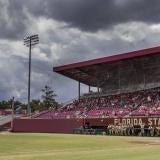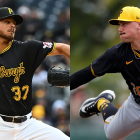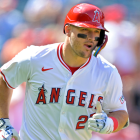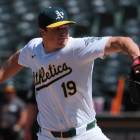Once again, a hot topic this offseason is the pace of play. MLB wants to cut down on the downtime within games to make things more exciting. They don't like players standing around adjusting their batting gloves, or pitchers and catcher holding mound visits every other pitch, that sort of thing.
MLB implemented new pace-of-play rules back in 2015 that did shorten the average time of game, but it didn't last. Games in 2017 were longer than ever. To wit:
- 2014: 3 hours, 2 minutes
- 2015: 2 hours, 56 minutes (first year with new pace-of-play rules)
- 2016: 3 hours, 0 minutes
- 2017: 3 hours, 6 minutes
MLB does not necessarily want to cut down on how long it takes to play a game. They just want more action and less standing around. MLB would happily take a four hour game as long as things happen on the field and it's exciting.
On Thursday, commissioner Rob Manfred told reporters more pace-of-play rule changes are coming in 2018. MLB is so determined to fix this that they might implement rule changes unilaterally, without the MLBPA's approval. From the Associated Press:
Speaking Thursday after a quarterly owners' meeting, Manfred says "my preferred path is a negotiated agreement with the players, but if we can't get an agreement we are going to have rule changes in 2018 one way or the other."
In the past, MLBPA approval was necessarily to implement any rule chances. That is no longer the case. MLB can make pace-of-play rule changes without the union's approval. That said, it's better to get the union's okay. Labor peace is a good thing.
The two biggest pace-of-play measures proposed last year were a 20-second pitch clock and a limit on mound visits. Matt Snyder wrote more about limiting mound visits earlier this month. There are so many mound visits this days, especially in the postseason, that it slows the game down so much and makes it easy to stop paying attention.
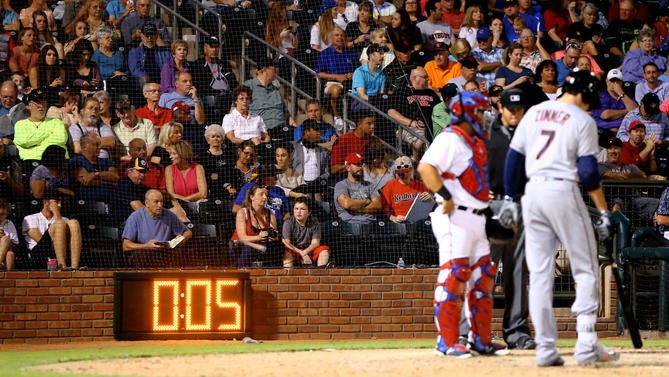
As for the pitch clock, it is in use at the Double-A and Triple-A levels, and has proven to cut down on the time of game considerably. The MLBPA is concerned that forcing pitchers to work more quickly could lead to injuries, however. The MLB average in 2017 was 24.2 second between pitches. Those extra four seconds per pitch really add up!
One way or another, rule changes designed to improve the pace of play are coming in 2018. I don't think pace of play is a major issue -- I do worry MLB is blaming too many of its problems on the pace of play -- but it is something that can be improved. There is a lot of downtime within games and it gets annoying. Speeding things up makes for a more enjoyable baseball watching experience.







